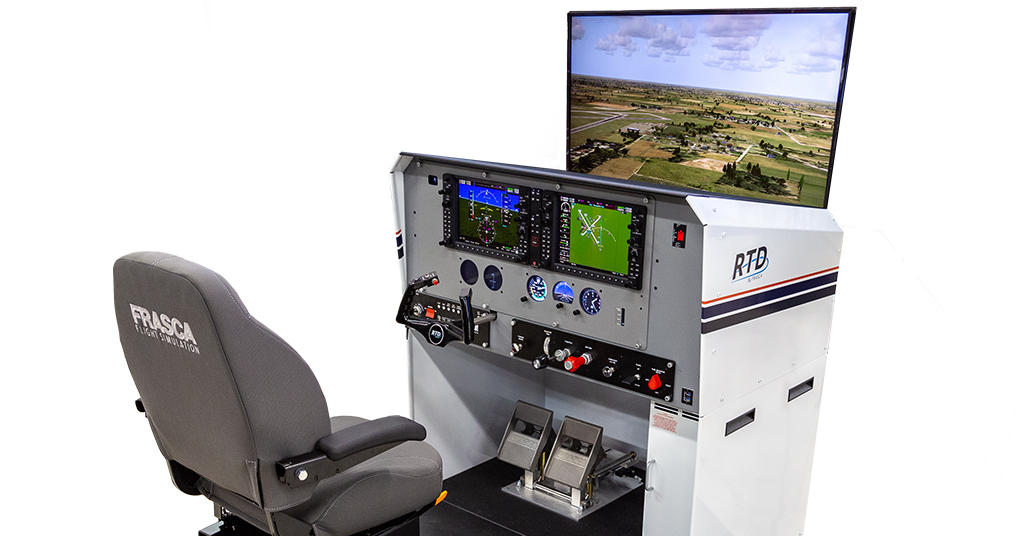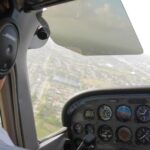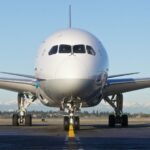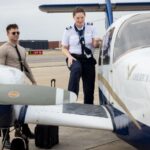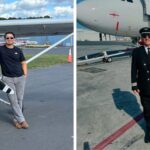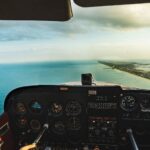By Steven Daun, National Chief Pilot
On June 27, 2018, the Government Printing Office distributed “Federal Register Vol. 83, No. 124”. The first item to be presented in this edition is titled: “Regulatory Relief: Aviation Training Devices; Pilot Certification, Training and Pilot Schools; and Other Provisions.”
For this article, we are going to discuss the “Aviation Training Devices” component as it pertains to Instrument Proficiency.
There are three components to this.
- The FAA has added a new definition to 61.1 for Aviation Training Devices.
- The FAA has removed the requirement for an instructor to be present when a
pilot accomplishes his or her instrument recency in an FFS, FTD or ATD. - The FAA has amended the regulations to allow pilots to accomplish instrument recency experience in ATDs at the same permitted interval for FFSs and FTDs.
What does this mean to you?
The first component doesn’t affect you or change what you can do. It merely defines the following:
An aviation training device is a training device, other than a full flight simulator or flight training device, that has been evaluated, qualified and approved by an administrator.
There is still a designation for Basic (BATD), and Advanced (AATD), and those differences can be found in AC 61-136.
The second component is essential because it removes the need for an instructor to be present during instrument recency. The FAA did this because they now believe that “instrument recency experience is not training.” Therefore, they removed the need for an instructor to be present. Furthermore, the FAA believes that “satisfying instrument recency experience requirements in an FFS, FTD or ATD is as beneficial as satisfying the requirements in an aircraft, regardless of whether an instructor is present or not.”
- 61.51(g)(5) now states:
A person may use time in a full flight simulator, flight training device or aviation training device for satisfying instrument recency experience requirements, given that a logbook or training record is maintained to specify the training device, time and content.
The third component revolves around intervals of training. The FAA has approved that pilots can accomplish instrument experience in an ATD at the same six-month interval allowed for FFS and FTDs. They went even further and added that pilots who opt to use ATD’s exclusively to accomplish instrument recency experience are no longer required to do an additional three hours of instrument experience or complete additional tasks. This means that the pilot does not have to do any of this proficiency work in an airplane.
- 61.57(c) now states:
(c) Instrument experience. Except as provided in paragraph (e) of this section, a person may act as pilot in command under IFR or weather conditions less than the minimums prescribed for VFR only if:
(1) Use of an airplane, powered-lift, helicopter or airship for maintaining instrument experience. Within the six calendar months preceding the month of the flight, that person performed and logged at least the following tasks and iterations in an airplane, powered-lift, helicopter, or airship, as appropriate, for the instrument rating privileges to be maintained in actual weather conditions, or under simulated conditions using a view-limiting device that involves having performed the following—
(i) Six instrument approaches.
(ii) Holding procedures and tasks.
(iii) Intercepting and tracking courses through the use of navigational electronic systems.
(2) Use of a full flight simulator, flight training device, or aviation training device for maintaining instrument experience. A pilot may accomplish the requirements in paragraph (c)(1) of this section in a full flight simulator, flight training device, or aviation training device provided the device represents the category of aircraft for the instrument rating privileges to be maintained and the pilot performs the tasks and iterations in simulated instrument conditions. A person may complete the instrument experience in any combination of an aircraft, full flight simulator, flight training device, or aviation training device.
How do you maintain your currency?
As you can see in §61.57(c) above, the critical part of this paragraph states that “Within the six calendar months preceding the month of the flight…” We have all heard of the “six month grace period”, yet the regulations don’t mention that second six months.
To find the “grace period” language, you will need to look in the Flight Standards Information Management System or “FSIMS.” Here we look at 8900.1, Volume 5 (Airman Certification), Chapter 2 (Part 61 Certification of Pilots and Flight Instructors), Section 3 (Flight Reviews and Competency Checks).
Paragraph 5-264(A) addresses the Failure to Meet Instrument Currency which states that:
“A pilot not meeting the instrument recency of experience requirement may not exercise the privileges of the instrument rating until the requirements are met. If the pilot fails to meet this recency of instrument experience for a period of one year, the pilot must pass an IPC in the category of aircraft involved.”
As you can see, the FAA has made it easier than ever before to maintain your instrument currency. You can do this by using any combination of an aircraft, FFS, FTD or ATD. If you are not sure which approach is best for you to maintain your currency, please contact American Flyers for guidance and advice.




